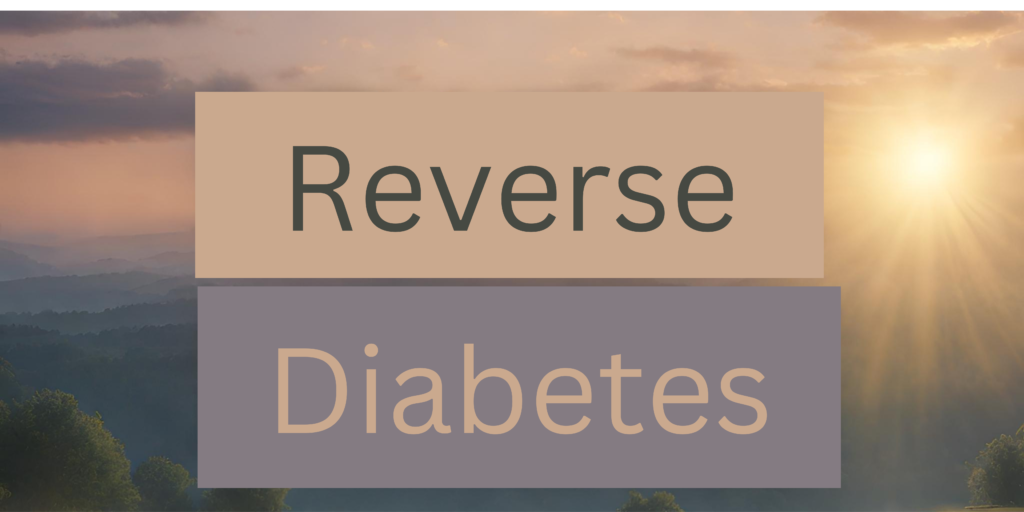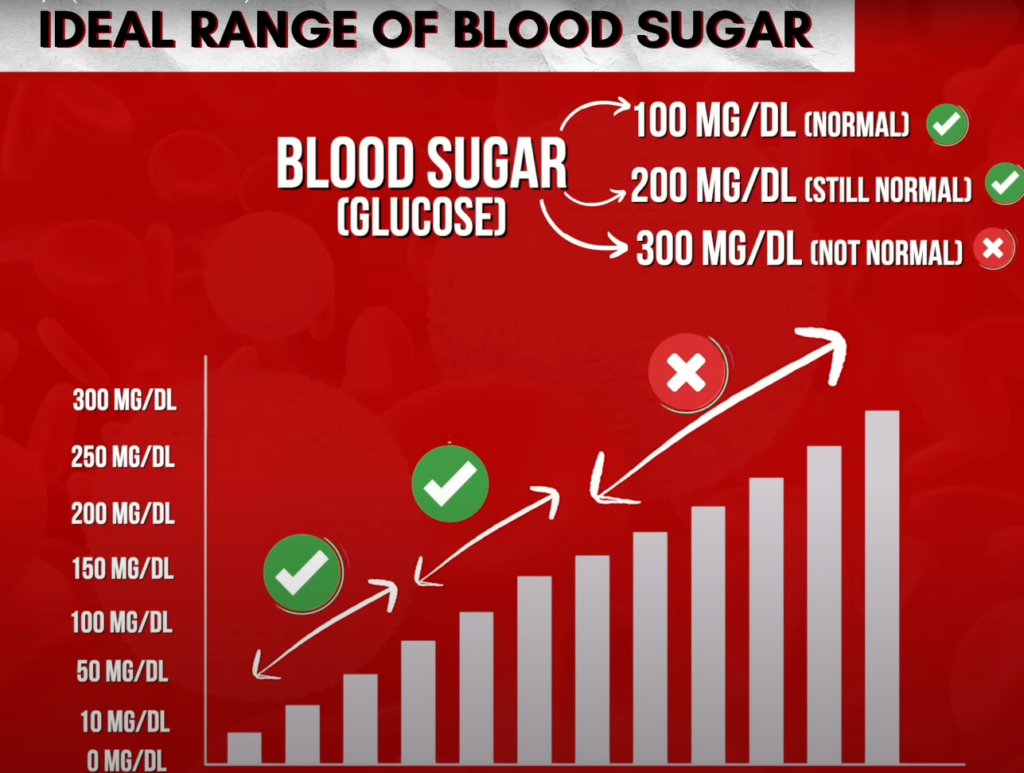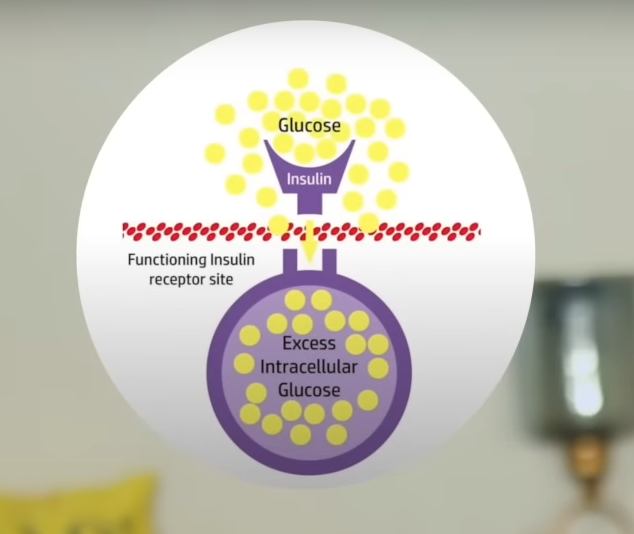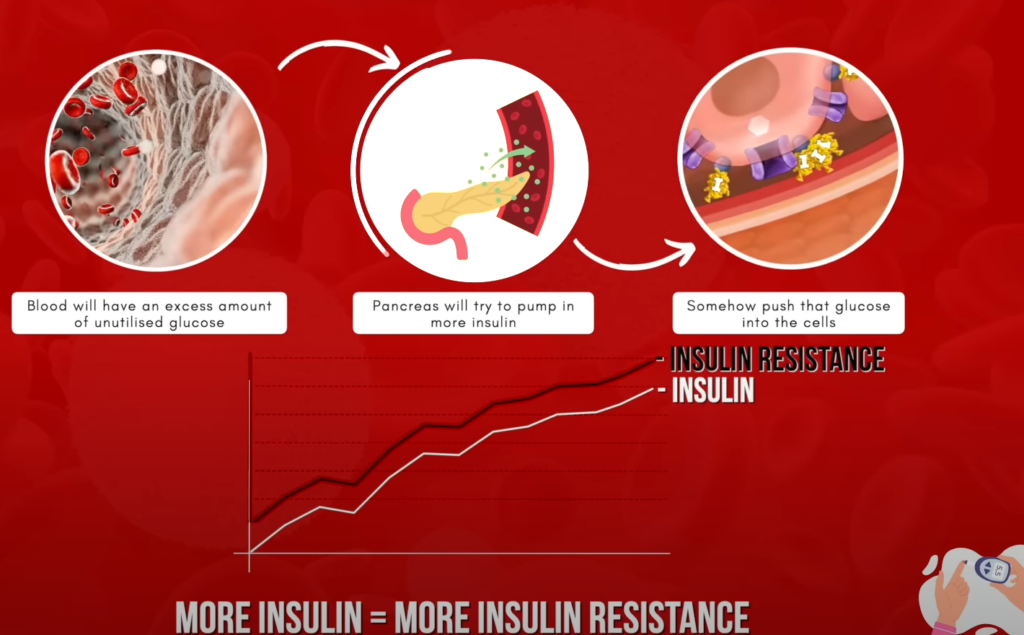
Introduction:
Discover how to permanently reverse diabetes by making simple yet effective lifestyle changes. Contrary to popular belief, diabetes can be cured with the right guidance and commitment.
What is Reverse Diabetes
“Reverse Diabetes” is a term used to describe the ability to effectively manage and potentially even alleviate the symptoms and complications associated with diabetes. This process involves implementing comprehensive lifestyle changes, dietary adjustments, and potentially incorporating other treatments or therapies.
Lifestyle Changes: This includes regular physical activity, maintaining a healthy weight, managing stress levels, and ensuring adequate sleep. Exercise plays a crucial role in improving insulin sensitivity, which is essential for managing diabetes. Stress management techniques such as meditation or yoga can also help regulate blood sugar levels.
Dietary Modifications: A balanced diet is key to managing diabetes and potentially reversing its effects. This typically involves consuming a variety of nutrient-rich foods, focusing on whole grains, lean proteins, healthy fats, and plenty of fruits and vegetables. Monitoring carbohydrate intake, particularly refined sugars and processed foods, is important for stabilizing blood sugar levels. Some individuals may benefit from specific dietary plans such as the Mediterranean diet or low-carbohydrate diets.
Other Treatments: In addition to lifestyle and dietary changes, some individuals may require medication or insulin therapy to manage their diabetes effectively. However, the goal of these treatments should be to reduce reliance on medication over time by addressing the underlying causes of insulin resistance through lifestyle modifications.
It’s essential for individuals with diabetes to work closely with healthcare professionals, including doctors, dietitians, and diabetes educators, to develop a personalized treatment plan that addresses their specific needs and circumstances. With dedication to these strategies, many individuals can significantly improve their diabetes management and, in some cases, even achieve reversal of their condition.

Understanding Insulin Resistance and Diabetes
Insulin resistance is a major factor leading to diabetes and its associated health complications. When excessive carbohydrates are consumed, blood glucose levels rise, prompting the pancreas to produce more insulin. However, insulin resistance causes glucose to remain unused in the blood, resulting in various health issues.

Diabetes is a metabolic disorder characterized by high blood sugar levels, typically resulting from insulin resistance or inadequate insulin production. While medications like metformin are commonly used to manage blood sugar levels, addressing the root cause of diabetes—insulin resistance—is essential for long-term management and potential reversal of the condition. In this comprehensive guide, we’ll delve into the mechanisms of insulin resistance, dietary strategies, Ayurvedic remedies, and the importance of physical activity in reversing diabetes naturally.
Understanding Insulin Resistance: Insulin, produced by the pancreas, plays a crucial role in regulating blood sugar levels by facilitating the uptake of glucose into cells for energy production. However, excessive carbohydrate consumption can lead to elevated blood sugar levels, prompting the pancreas to produce more insulin. Over time, cells may become resistant to insulin’s signals, hindering glucose uptake and leading to persistently high blood sugar levels. This insulin resistance is the underlying cause of type 2 diabetes.
Dietary Strategies for Reversing Diabetes: A key aspect of managing and reversing diabetes is adopting a balanced and nutritious diet. Contrary to popular belief, diabetes is not solely determined by genetics; lifestyle factors, particularly dietary choices, play a significant role. Focusing on whole, unprocessed foods and minimizing refined carbohydrates is essential for stabilizing blood sugar levels. Here’s a breakdown of dietary recommendations for individuals looking to reverse diabetes:
Breakfast: Start the day with fruits, preferably those with a low glycemic index such as Jamun, Guava, Orange, or Pineapple. These fruits are rich in antioxidants and provide natural sugars that are metabolized more slowly. Avoid fruit juices, which lack fiber and can spike blood sugar levels. Alternatively, include vegetable dalia, made with barley, oats, or millets, for added fiber and nutrients.
Lunch: Emphasize a large bowl of raw vegetable salad as the first course of lunch. Raw vegetables are high in fiber and antioxidants, helping to moderate blood sugar levels and promote satiety. Pair the salad with protein-rich lentils (such as kulthi dal) and seasonal vegetables. Opt for whole grains like millets instead of refined wheat or white rice to keep the glycemic load low.
Snacks: Choose low-carb, high-fat snacks like nuts and seeds to satisfy hunger between meals without spiking blood sugar levels. Peanuts, pumpkin seeds, almonds, and cashews are excellent options. Pairing fruits with protein-rich foods like peanut butter can also help stabilize blood sugar levels.
Dinner: Start dinner with an onion salad, as raw onions contain compounds that can help reduce blood sugar levels. Follow this with a balanced meal consisting of protein, non-starchy vegetables, and whole grains like millets. Avoid starchy vegetables like potatoes, eggplants, sweet corn, and soybeans.
Cooking Oils: Opt for cold-pressed oils like Mustard Oil (kachhi ghani) for cooking, as refined oils have been associated with pancreatic damage. Cold-pressed oils retain their nutritional value and are beneficial for overall health.
Herbal Remedies for Diabetes: In addition to dietary changes, Ayurvedic herbs can play a significant role in managing and reversing insulin resistance. Two key herbs that have shown promise in clinical studies are methi dana (fenugreek seeds) and a combination of turmeric and amla (Indian gooseberry):
Methi Dana: Fenugreek seeds have demonstrated the ability to reduce blood sugar levels and increase insulin sensitivity. Soaking 1 tablespoon of “methi dana” in water overnight and consuming it in the morning can help regulate blood sugar levels.
Turmeric and Amla: A combination of turmeric and amla, known as Nisha Amalaki yog in Ayurveda, is a potent remedy for diabetes. Mixing 1 teaspoon of amla powder with 1/4 teaspoon of turmeric in hot water creates a therapeutic drink that can be consumed daily to support blood sugar management.
The Role of Physical Activity: Regular physical activity is essential for managing diabetes and improving insulin sensitivity. Walking, in particular, offers dual benefits by helping to utilize excess glucose in the blood and reducing stress levels, a known trigger for diabetes. Aim for at least 15 minutes of walking after meals to enhance glucose metabolism and overall well-being.

Conclusion: Diabetes is a lifestyle disorder that can be effectively managed and even reversed through dietary modifications, herbal remedies, and regular physical activity. By addressing the root cause of insulin resistance and adopting a holistic approach to health, individuals can regain control over their blood sugar levels and prevent complications associated with diabetes. It’s essential to work closely with healthcare professionals to develop a personalized treatment plan and monitor progress towards achieving optimal health.
Incorporating the strategies outlined in this guide, individuals can embark on a journey towards reversing insulin resistance and reclaiming their health and vitality. Remember, consistency and commitment to a healthy lifestyle are key to long-term success in managing diabetes naturally.
Check out our more Informative and Educational Blogs:-
Check out for more Details
Facebook
Twitter
LinkedIn
